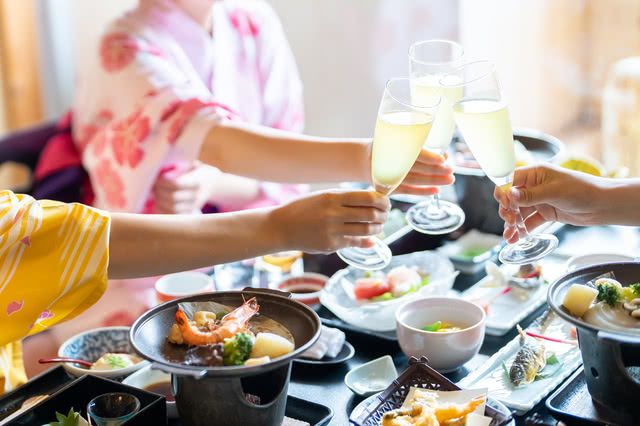
Did you know that Japanese cuisine, known as "washoku," pairs wonderfully not only with Japanese sake but also with wine? This article will explain how to find the best wine to pair with your Japanese cuisine while also delving into Japanese wines that have captured the hearts of many in recent years. Additionally, you can learn about some wonderful establishments where you can experience the harmonious fusion of wine and authentic Japanese food.
Finding the Best Wines to Match with Washoku
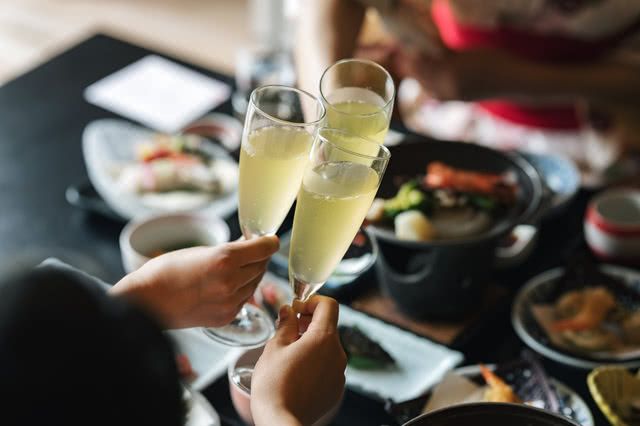
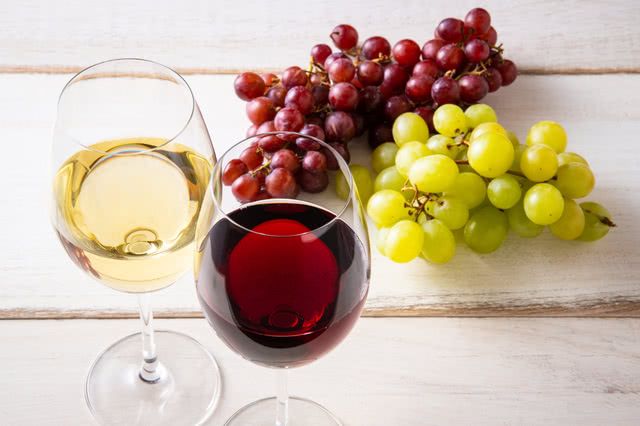
For instance, white wines are an excellent choice for pairing with pale-colored dishes such as white-fleshed fish that has been prepared as sashimi or grilled and tofu-based fare.
On the other hand, red wines can be broken down into the three following categories: full-bodied, medium-bodied, and light-bodied. Fruity, light-bodied red wines are a delightful match for "shabu shabu," a dish where beef and/or pork are quickly cooked in steaming hot water and seasoned with sauces like ponzu," a citrus-flavored soy sauce, or creamy sesame sauce. For dishes with a richer flavor, such as "sukiyaki," a Japanese hot pot stew; chicken "teriyaki," where the chicken is basted with a rich sauce and fried or grilled; and other hearty options, a deep, full-bodied wine would be your best choice.
Japanese Wines Gaining High Acclaim Worldwide

One example is the Grace "Cuvée Misawa Akeno Koshu" 2013, produced in Yamanashi Prefecture. In 2014, it made history as the first Japanese wine to earn a gold medal as well as the Regional Trophy in the esteemed Decanter World Wine Awards, a globally renowned wine competition, garnering attention from Japan and overseas! More recently, the "Château Mercian Fuefuki Koshu Gris de Gris, 2019" was awarded Gold at the International Wine Challenge 2021.
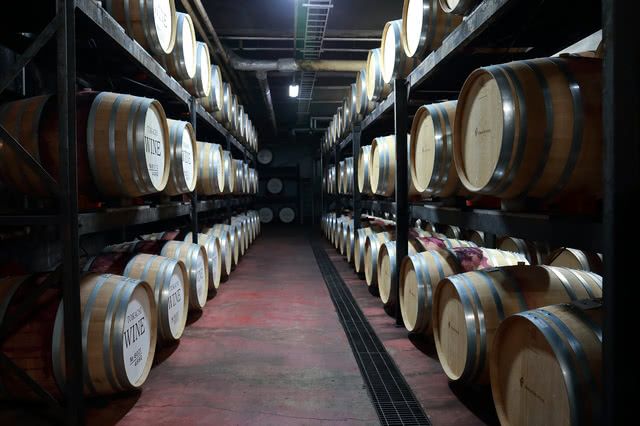
If you are looking to pair washoku with wines crafted from grape varieties limited to Japan, here are a couple of recommendations worth exploring. The first is "Koshu," renowned for its delicate Japanese citrus aroma, and then there is "Muscat Bailey A," boasting a strawberry scent that beautifully complements the flavors of soy sauce.
Explore Wine Pairings with Japanese Dishes Popular Among Global Travelers!
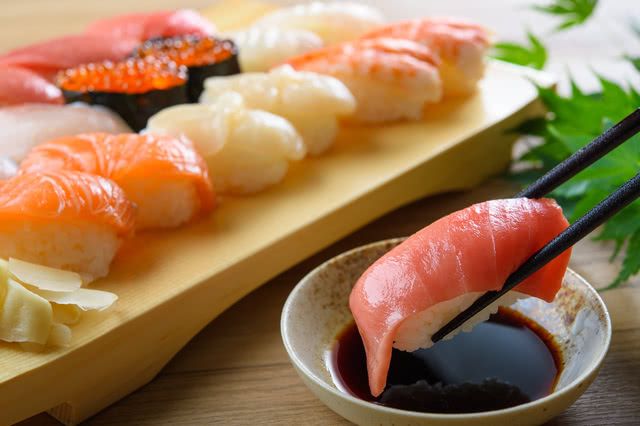
・Sushi
With the wide variety of sushi variations, there is a diverse option of wine pairings.
"Hirame" (Japanese flounder), "tai" (sea bream), and other white-fleshed fish go well with an acidic white wine with robust tartness, while scallops and squid boasting a distinct sweetness are best paired with sweeter variations of white wine.
Tuna and other red-fleshed fish harmonize beautifully with fresh and light red wines that are low in tannins.
The choice of wine also depends on the condiments used. When enjoying sushi with soy sauce, go for a light-bodied red wine. If seasoning with salt, opt for white. If your sushi topping is "anago" (saltwater eel) seasoned with a sweet sauce, fruity red wine is a delightful match. If you want to relish an array of sushi toppings, sparkling wine is a good way to go.
・Sukiyaki
Sukiyaki is a type of hot pot dish made with beef and vegetables stewed in a savory mixture of soy sauce, sugar, and cooking sake. Red wine normally pairs wonderfully with this dish, but you should consider the fat content of the beef to achieve the perfect combination.
If you are enjoying marbled beef, mature Pinot Noir red wines with notes reminiscent of soy sauce will blend smoothly with the meat. There are lovely red wines of the Pinot Noir variety from Hokkaido.
Red wines that are spicy or highly astringent will go best with leaner red meat.
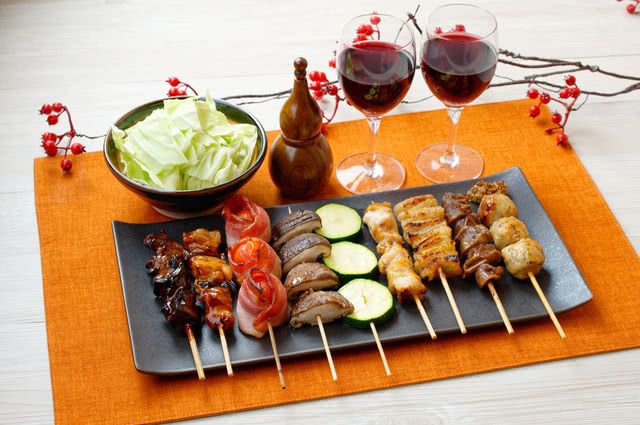
Yakitori, the charcoal-grilled chicken skewers popular among locals, pair wonderfully with alcoholic beverages, making them a staple in many "izakaya" eateries.
For yakitori, the best way to select a wine to pair is to consider whether it is seasoned with salt or a sweet sauce, as well as the cut of the chicken.
Salt-seasoned chicken goes well with white wines, especially those produced in coastal regions. Chicken skewers flavored with a rich, sweet, and salty sauce will pair excellently with similarly rich and sweet red wine.
・Tempura
Tempura is vegetables and seafood that have been battered and fried. It is best enjoyed dipped in salt, or "tentsuyu," a sweet, soy sauce-like sauce.
The choice of wine depends on how you want to season the tempura. If you are using salt, then go for a dry white wine. If you prefer to add lemon or other citrus juice, then opt for a white wine with citrus scents. If you are dipping the tempura into tentsuyu, light-bodied red or rose wines will go well with the rich umami of the sauce.
Restaurants for Enjoying the Perfect Fusion of Wine and Washoku
Matoi Ginza (Ginza)
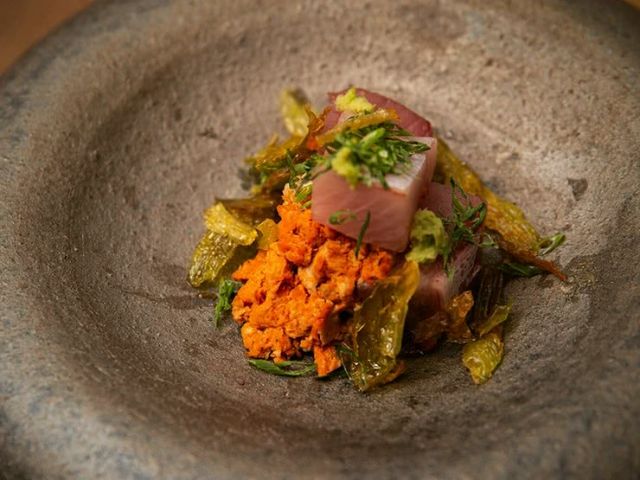
The executive chef, with experience in acclaimed hotels worldwide, brings a touch of originality to the dishes that makes them truly unique to this establishment. Among their highlights is the highly recommended Sashimi with Seasonal Fresh Fish. Instead of the usual soy sauce or salt, the dish is complemented with a sauce that showcases the flavors of the natural ingredients and other spices.
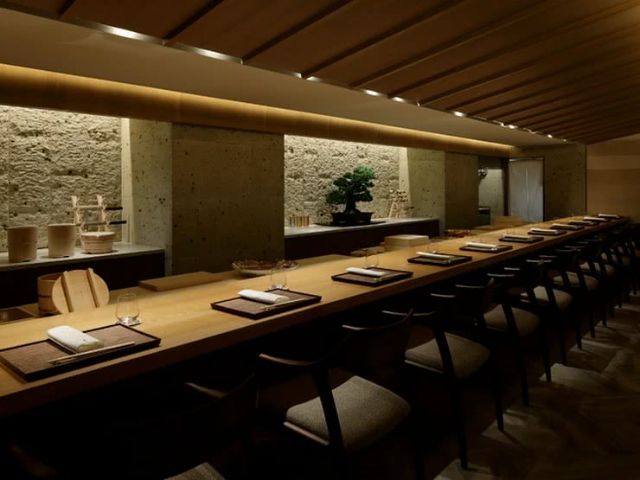
Matoi Ginza
Closed: Sunday, National Holidays
Average price: [Dinner] 35,000 JPY
Access: 4-minute walk from Exit B6 of Ginza Station on the Tokyo Metro Ginza Line. 7-minute walk from the Central Exit of Yurakucho Station on the JR Yamanote Line
Address: 7F, HULIC&New GINZA NAMIKI 6, 6-6-5, Ginza, Chuo-ku, Tokyo Map
More Details Reservation
Ginza Ishizuka (Ginza-itchome)
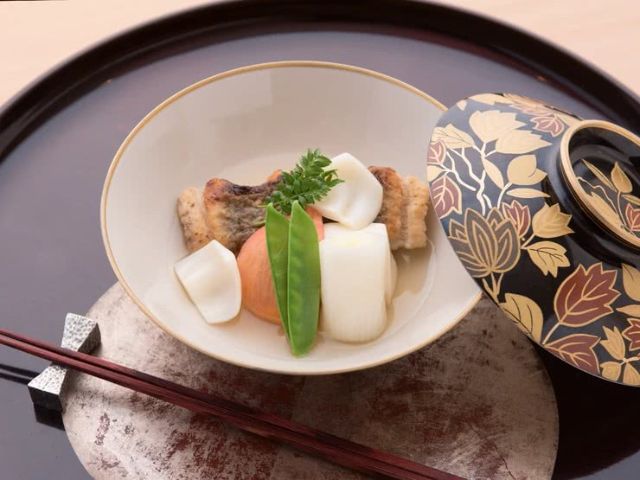
Ginza Ishizuka offers delectable seasonal fare prepared by the owner-chef, who trained at prestigious Japanese restaurants. With meticulous care and a keen eye for raw ingredients, he sources vegetables freshly harvested that morning and airships in freshly hauled fish.
Here, you can appreciate the delicately complex flavors of washoku. One of the signature dishes is the Lightly simmered tonguefish, where the fish is lightly grilled before being simmered to offer exquisite savory umami.
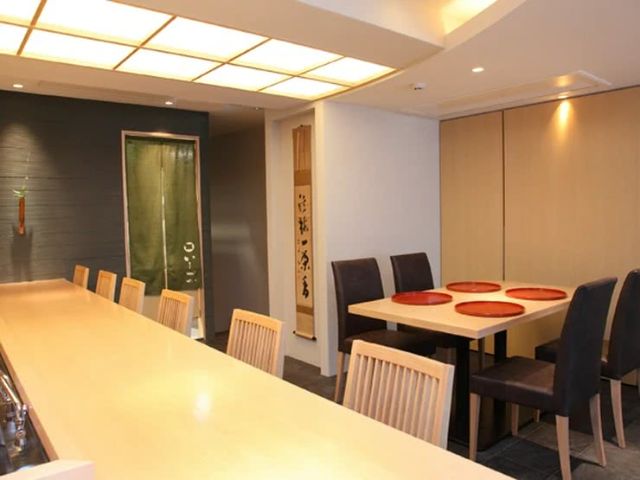
Ginza Ishizuka
Closed: Sundays
Average price: [Dinner] 15,000 JPY / [Lunch] 2,500 JPY
Access: Tokyo Metro Yurakucho Line, Ginza Ichome Station, 1 minute walk from exit number 10. After exiting, turn left at the Family Mart. It's on your left.
Address: Habiuru Ginza 5F, Ginza 1-13-8, Chuo-ku, Tokyo Map
More Details Reservation


![[2023 Edition] What Is the Difference Between Kappo and Ryotei? A Look Into the Deep World of Japanese Cuisine](/gg/content_image/%2Fimage%2Fdiscover_oishii_japan%2F1660%2Farticle_head_150x105z.jpg)






![Azabudai Hills [SUMI] (Janu Tokyo) ~ Editor's Afterword by the Editor-in-Chief of Japan's Gourmet Site](/gg/content_image//image/discover_oishii_japan/6536/article_head_150x105z.jpg)









